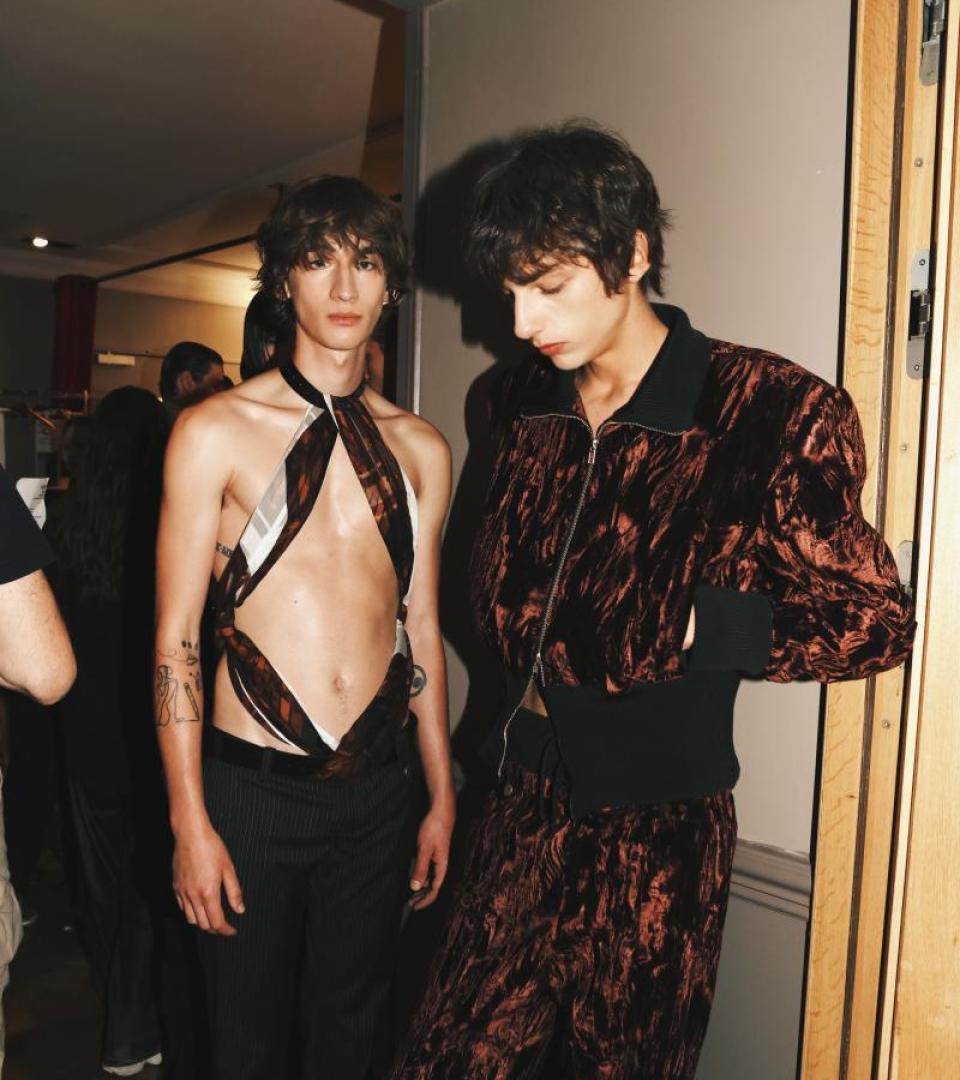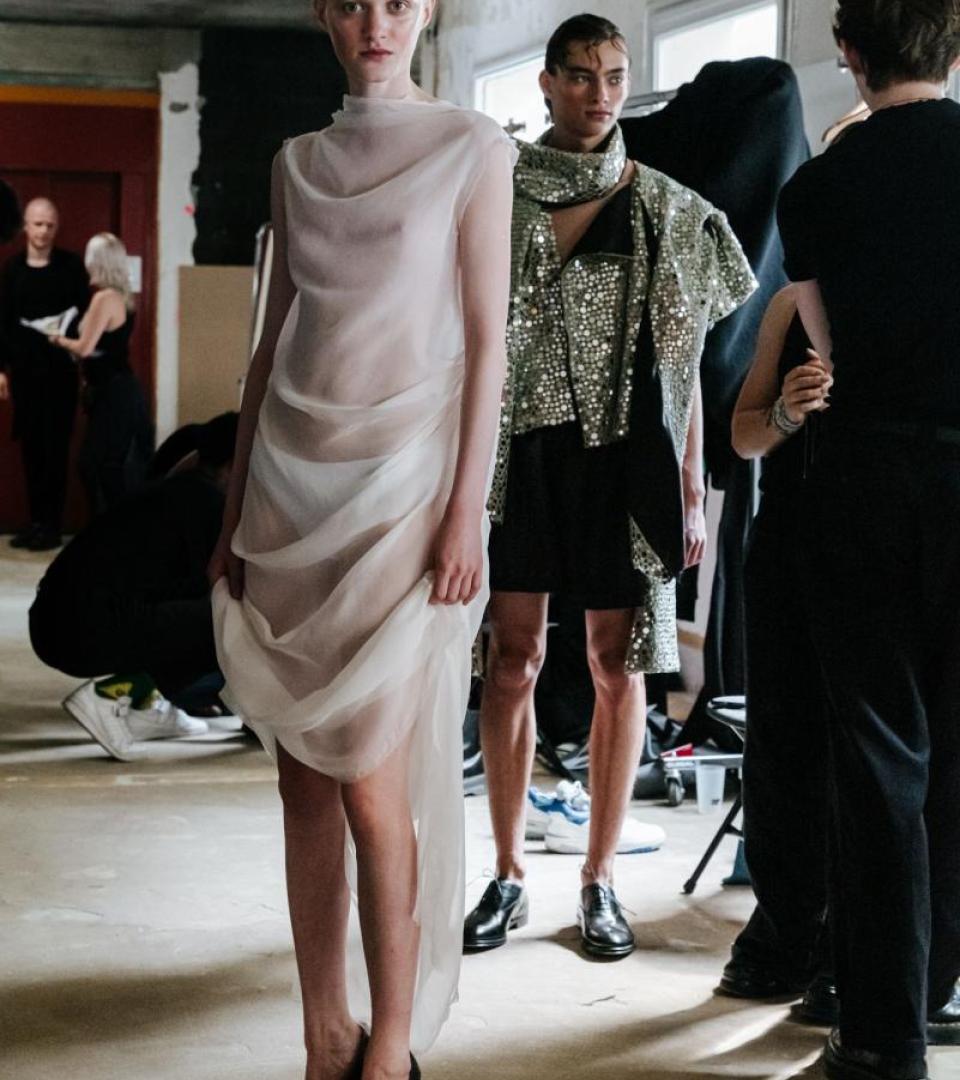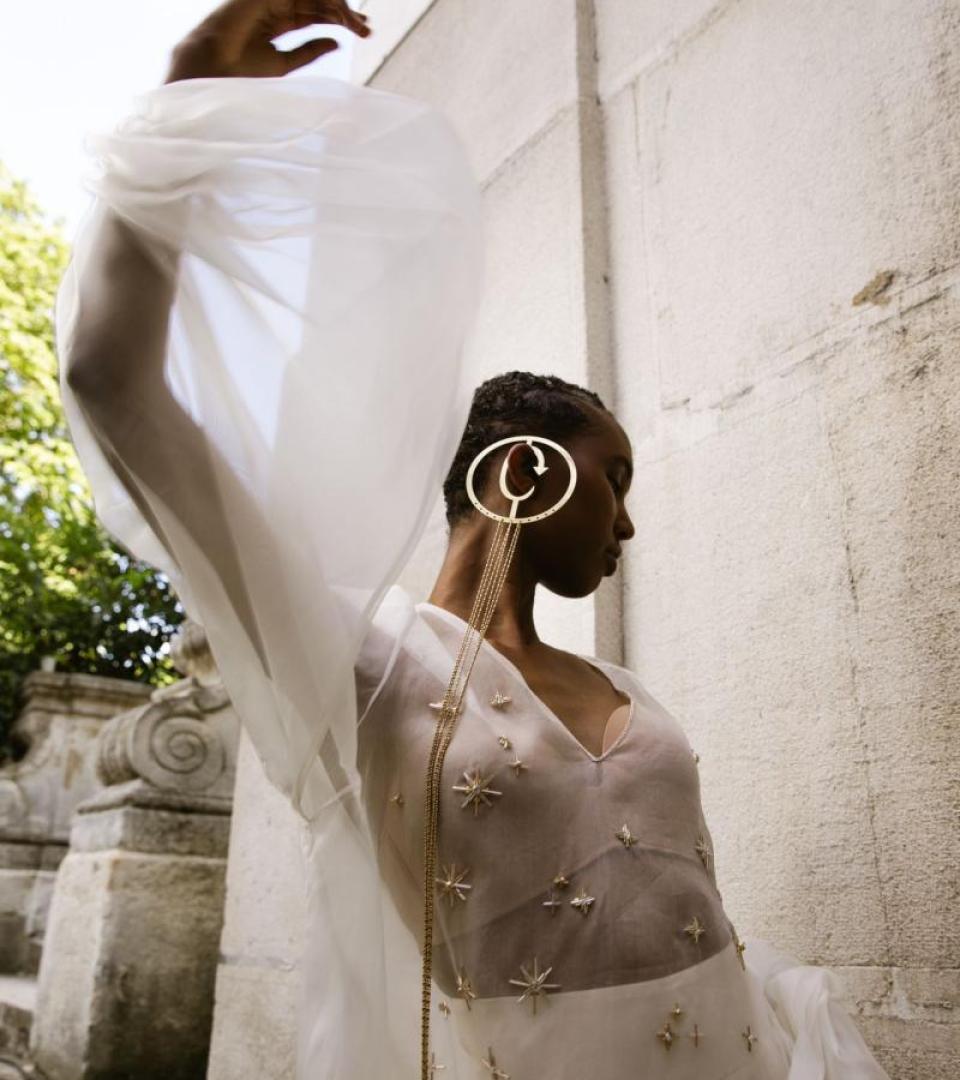A Feel For Fashion: Séga Kanouté
Séga Kanouté is the creative director of Niaramy Studio, which produces unisex clothing in loose yet striking silhouettes that attest to a discerning eye and eco-conscious approach. His work as a journalist in print and on radio and television explores crossover ideas between fashion and culture. Based in Paris, he has cultivated an alluring presence through his Instagram, which shifts between expressive portraits signalling his personal style and artistic, organic visuals.
What excites you in fashion right now?
It’s very related to my interests. I would say that I am motivated by all the independent actors who manage to create an entire creative and business ecosystem around themselves with the sole support of their community. For a long time, everything was very vertical and very standardised in tastes and trends. Today a creative person can prosper outside of the “classic” circuits and/or without the support of an entire industry. I am thinking of personalities like Thomas Robert et Chahine Bettat (Gaijin Paris); Nicholas Daley, Youssouf Fofana (Maison Château Rouge); Jan-Jan Van Essche, Louis Rubi (LR3); Kitesy Martin; Audrey Mballa (photographer); Auriane Blandin-Gall (Cèucle), Henri Lamine Diagne (photographer); Maxime Kastler and Théo Jata (Ancients Studio). All of us – myself to some degree and the many creatives that I forgot – all succeed, not without difficulty, by imposing our vision and continuing to move forward.
From an industrial point of view, it has taken time, but I observe a certain awareness of ecological issues. If we all agree that we no longer need to have so many garments in production, there has been progress on the issues of manufacturing and recycling, even if there is still a lot of work.
What is one reason to be optimistic about the state of fashion going forward?
I prefer to be pragmatic rather than optimistic. I just see that fashion is becoming more and more cynical and very reluctant to criticise itself. Except for independents or confidential brands, I would say that business has taken precedence over real societal commitments. Very concrete example: the artistic directors of the main luxury groups are mostly white men. I don't question their talent at all; but it's still a strange signal. From this example, I think that, since Paul Poiret, we have had plenty of time to question who directs the creative imagination and who is continually excluded at many levels…
In what ways do you think AI might benefit fashion?
I'm divided. I have always considered that AI should serve creative people and, more broadly, human intelligence. This can be useful for identifying, classifying, agglomerating, correcting images and many other uses. But the AI has cold logic. Like humans, it’s not free from bias. AI smooths people's tastes and already questions the level of ethics and artists' rights. For now, it’s a new toy. How long will it amuse us? My fear is that intellectual and creative assistance will make people "lazy" intellectually and creatively. So to be continued…
What impact might you hope to have on fashion this year?
I don’t claim to have a considerable impact on the industry. I am neither a myth nor a legend: I am just one of the players in this game that is fashion. Really, I'm having fun, and I'm authentic in my approach. I continue to learn, I try to be true to my beliefs, I continue to appreciate people for who they are and what they do. I don't set any limits for myself. Guess what? All this is free.
Can you suggest a fashion mantra for ’24?
The good guys and girls will triumph in the end.
This interview has been lightly edited.



